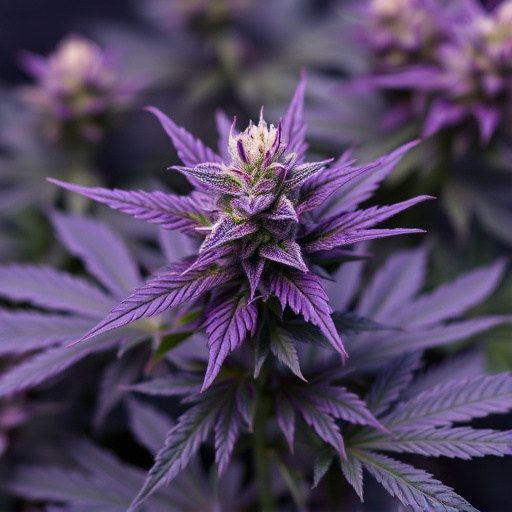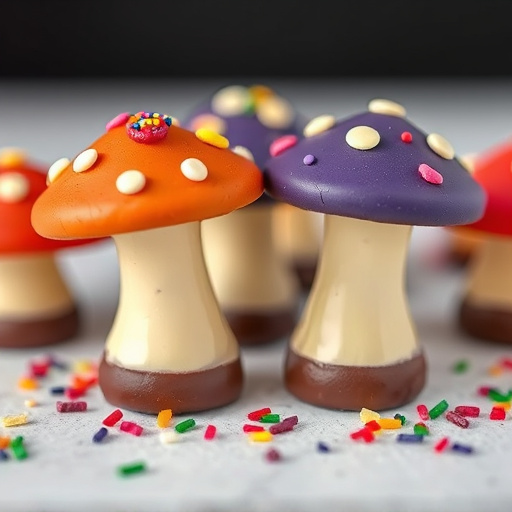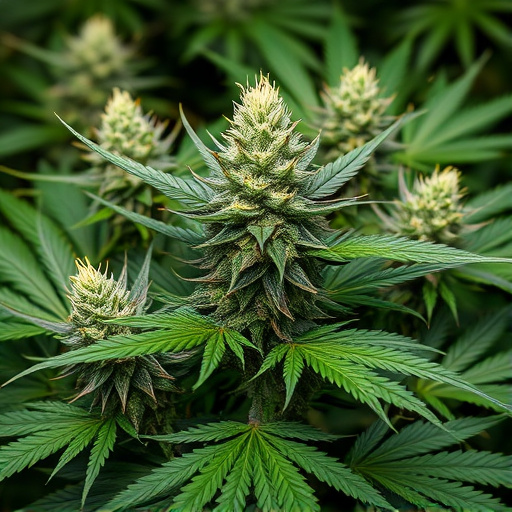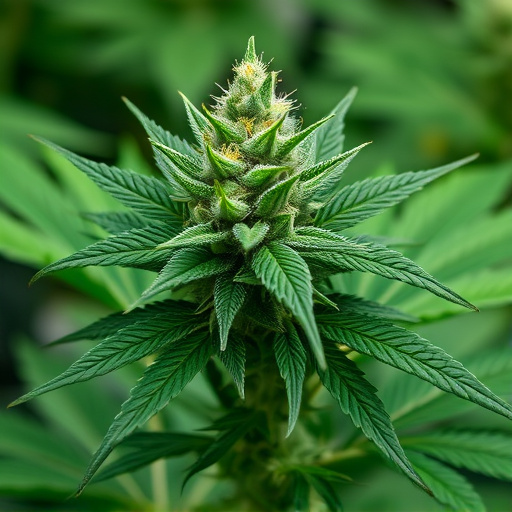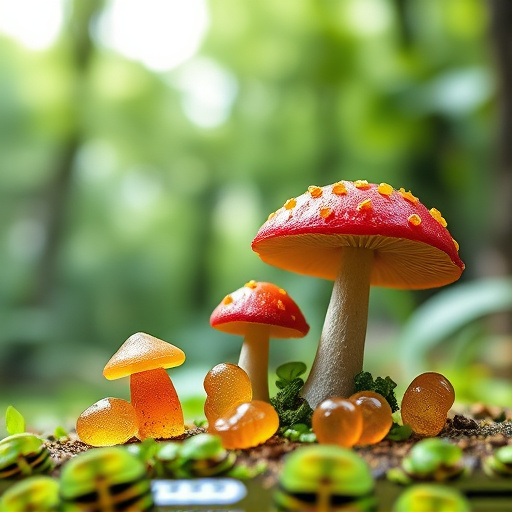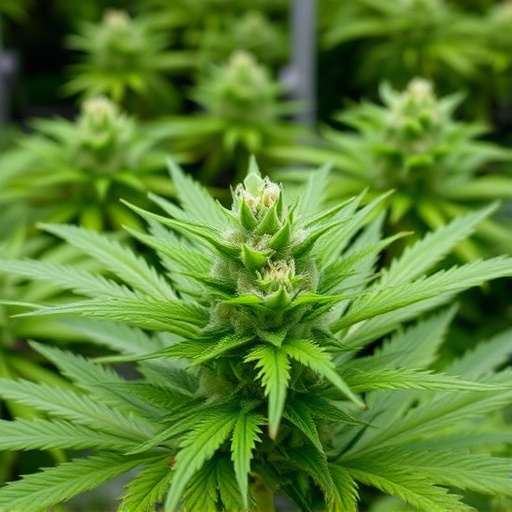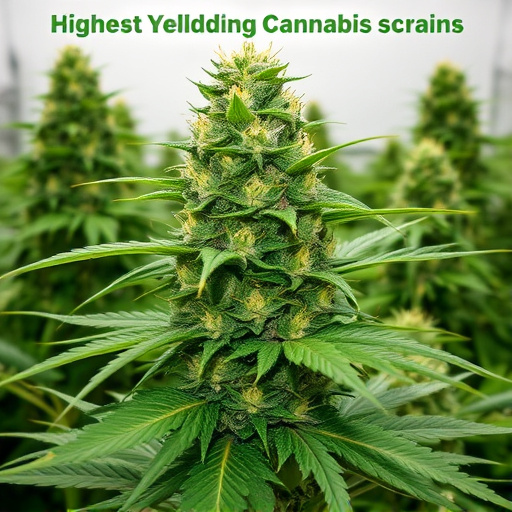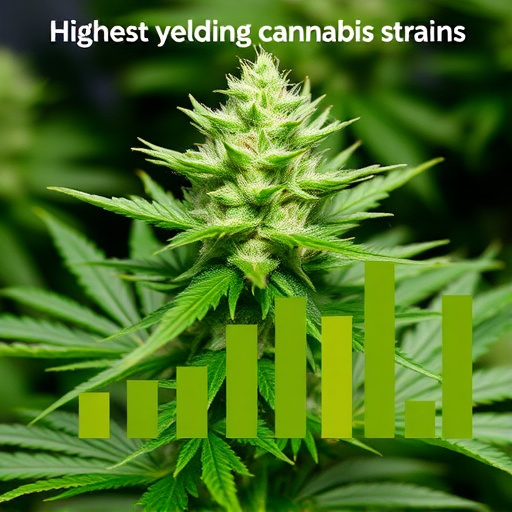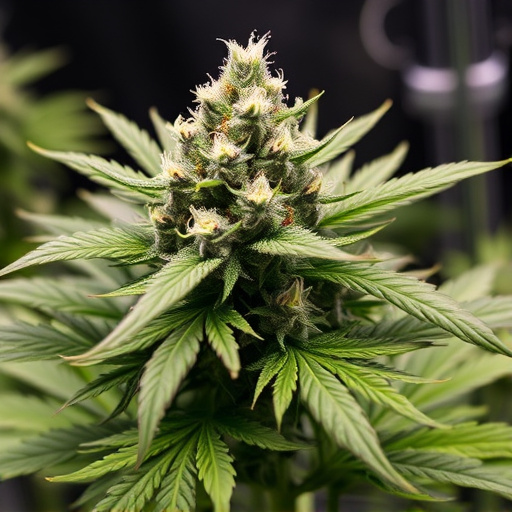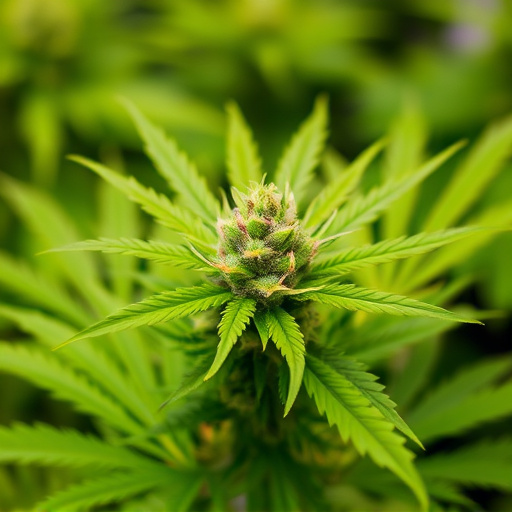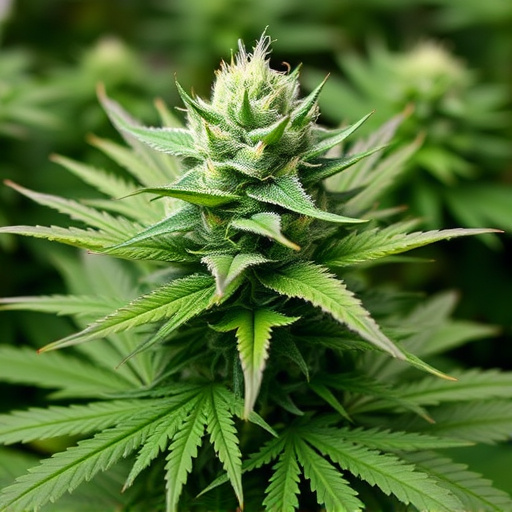Sun-grown cannabis offers natural benefits like robust growth, enhanced cannabinoid profiles, and higher yields compared to indoor cultivation, thanks to sunlight, fresh air, and diverse terpene profiles. However, outdoor methods are subject to weather dependencies, pest control challenges, and climate impacts. Indoor cultivation provides a consistent, controlled environment year-round, eliminating outdoor concerns but requiring significant upfront investment and high energy costs. Highest yielding cannabis strains like Northern Lights, Skunk #1, and Haze consistently rank for their rapid growth, dense buds, high cannabinoid content, and adaptability to various growing environments, whether cultivated outdoors or indoors.
- Sun-Grown Cannabis: Pros and Cons
- Indoor Cannabis Cultivation: Advantages and Disadvantages
- Highest Yielding Cannabis Strains: Where They Stand
Sun-Grown Cannabis: Pros and Cons
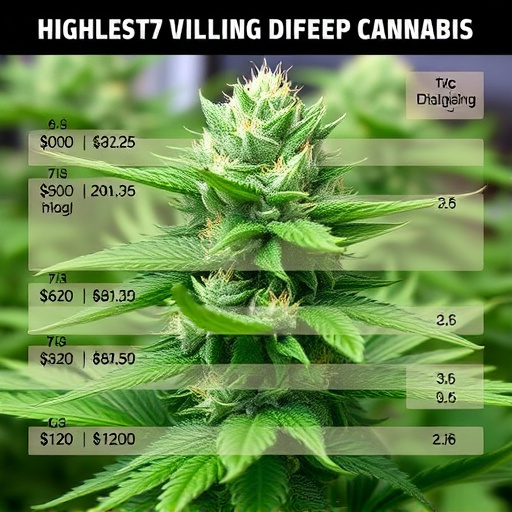
Sun-Grown Cannabis offers a unique set of advantages and disadvantages compared to its indoor counterpart. One of the most significant pros is access to natural sunlight, which can stimulate robust growth and develop higher cannabinoid profiles, including those coveted highest yielding cannabis strains. Outdoor cultivation allows plants to photosynthesize more efficiently, often resulting in larger yields and potentially more potent flowers. Additionally, sun-grown cannabis benefits from fresh air and outdoor environments, which can contribute to a more diverse terpene profile, enhancing the overall aroma and flavour.
However, there are also notable cons. Outdoor cultivation is highly dependent on weather conditions, making it susceptible to unpredictable climate changes. Extreme temperatures, excessive rainfall, or drought can all negatively impact crop health and yield potential. Furthermore, controlling pests and diseases in an open-air setting can be more challenging than in a controlled indoor environment, requiring meticulous monitoring and organic pest management strategies.
Indoor Cannabis Cultivation: Advantages and Disadvantages
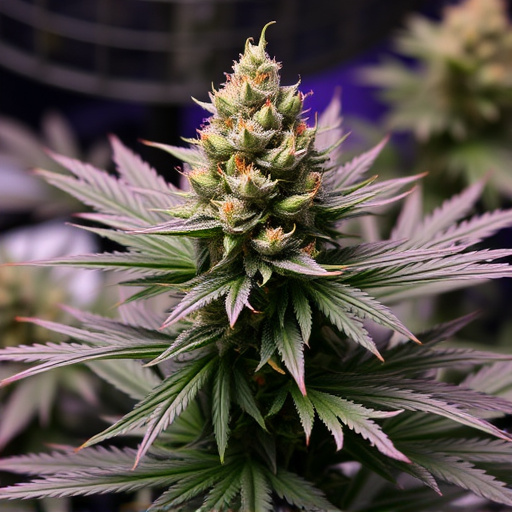
Indoor cannabis cultivation offers a controlled environment for growers, enabling them to produce high-quality crops year-round, regardless of outdoor conditions. One significant advantage is the ability to cultivate highest yielding cannabis strains with optimal consistency. Advanced lighting systems, temperature control, and precise nutrient delivery allow for precise plant management, leading to higher yields and improved cannabinoid profiles. Additionally, indoor cultivation eliminates concerns related to pests, diseases, and unpredictable weather, resulting in reduced crop loss.
However, there are also challenges associated with indoor cannabis cultivation. High energy costs due to extensive lighting usage, carbon dioxide (CO2) supplementation, and cooling systems can be substantial. Furthermore, indoor facilities require significant upfront investment for setup and equipment maintenance. Another disadvantage is the potential for plant stress if environmental parameters aren’t meticulously maintained, affecting overall growth and yield. Despite these challenges, many growers prefer indoor cultivation for its precision and ability to produce top-quality cannabis products consistently.
Highest Yielding Cannabis Strains: Where They Stand

When it comes to maximizing yield in cannabis cultivation, certain strains have proven themselves as the highest yielding options. These varieties are highly sought after by growers looking to optimize their harvests, whether they cultivate outdoors under sunlight or indoors with controlled environments. The top performers often belong to indica and hybrid strains known for their dense bud structure and high cannabinoid content.
Among the leading contenders for the title of highest yielding cannabis strains are varieties like Northern Lights, known for its rapid flowering and abundant resin production. Other popular choices include Skunk #1, a potent hybrid with a strong scent and fast growth rate, and Haze, renowned for its uplifting effects and significant yield potential. These strains’ adaptability to both outdoor and indoor growing conditions further solidifies their reputation as top performers in terms of maximizing harvests.
When comparing sun-grown and indoor cannabis, it’s clear that each method has its unique advantages and drawbacks. Sun-grown cannabis benefits from natural sunlight and outdoor environments, offering exceptional flavor profiles and potential medicinal benefits. However, it’s more susceptible to environmental factors and may require larger outdoor spaces. Indoor cultivation provides year-round control over growing conditions, allowing for precise adjustments to light, temperature, and humidity, ideal for high-tech operations and consistent quality. Yet, it demands significant investment in equipment and energy. As for highest yielding cannabis strains, understanding their growth requirements can help cultivators maximize production, regardless of the chosen method. Ultimately, the best approach depends on individual preferences, available resources, and specific market demands.
